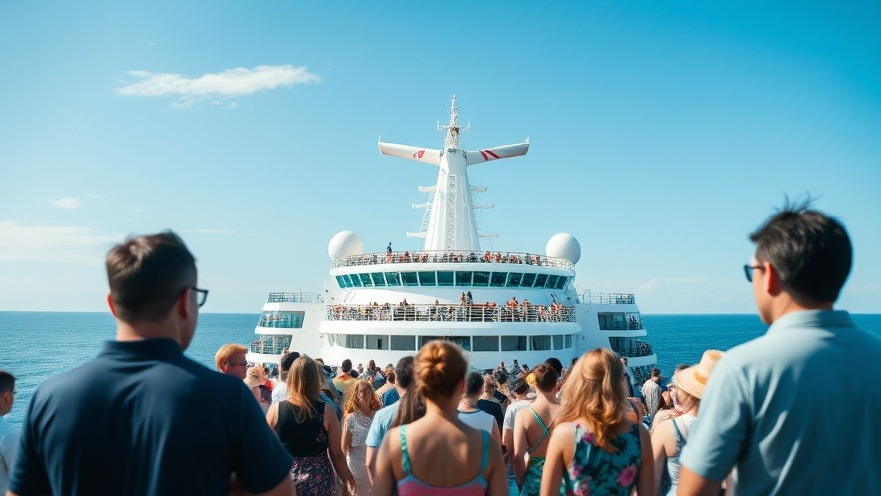
How COVID-19 Reshaped Cruise Ship Safety Standards
The cruise industry experienced a tumultuous period during the COVID-19 pandemic, with ships often undergoing prolonged suspensions. Out of apprehension for passenger safety, and to prevent the spread of airborne diseases, cruise operators had to rethink their air circulation systems. The recent study from the University of Surrey offers crucial insights, suggesting that improving ventilation can play a pivotal role in disaster recovery and proactive health management on cruise ships.
Understanding Ventilation in High-Occupancy Spaces
Professor Prashant Kumar and the team at the Global Center for Clean Air Research (GCARE) conducted their study aboard a vessel carrying more than 5,000 passengers. This study aimed to analyze indoor air quality (IAQ) and ventilation practices on board, ultimately demonstrating that the setup of high-occupancy spaces are key in mitigating airborne transmission. The research reveals that while most areas maintain acceptable CO2 levels, the dining spaces and areas of congregation require urgent attention due to increased transmission risks when occupancy peaks. Recommendations include enhanced air circulation and targeted ventilation to bolster safety.
Actionable Recommendations for Better Air Quality
The assessment of CO2 levels revealed that speaking softly maintains a low risk of airborne transmission—an encouraging finding for daily operations. However, the research pinpointed crowded dining spaces as problematic during peak times. To remedy this, incorporating more efficient ventilation systems targeting these specific areas is crucial. This solution not only promotes passenger safety but also enhances energy efficiency, a desirable outcome amid rising operational costs.
The Broader Implications for the Healthcare Community
Although the focus of the study is on cruise ship safety, its implications extend to healthcare professionals as well. Concierge health practitioners may find that understanding and adapting ventilation standards—from the cruise industry to their own practices—can prevent potential outbreaks within their environments. Increased awareness of how airborne diseases spread will better prepare practitioners to implement effective sanitizing measures and manage patient interactions.
Future Strategies for Enhanced Passenger Comfort
Embracing advanced ventilation technologies shows promise not only for preventing super-spreader events on cruise ships but also for ensuring passenger comfort during their voyages. As this study provides a comprehensive roadmap, practitioners and cruise operators alike can glean valuable insights into designing safe environments—from the cabin to the dining hall—ultimately fostering a healthier travel experience.
Engaging with Current Events and Innovations
This study highlights urgent themes relevant to modern-day health crises and serves as a reminder to continuously innovate in ventilation practices, not just in cruise shipping, but also across healthcare systems. Staying abreast of these innovations equips professionals with the tools needed to adapt to changing environments and health guidance.
 Add Row
Add Row  Add
Add 




Write A Comment